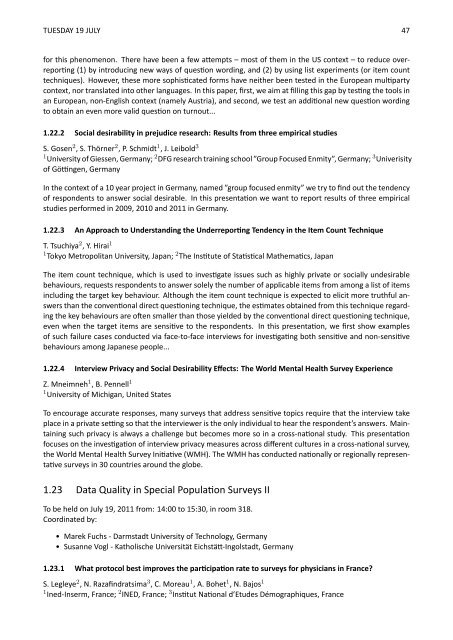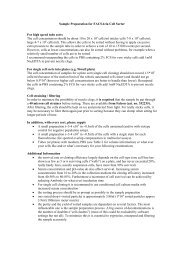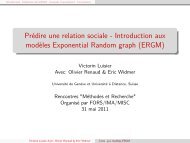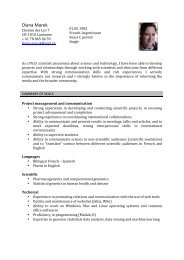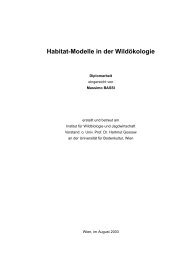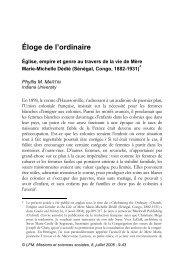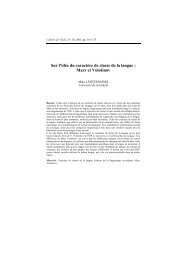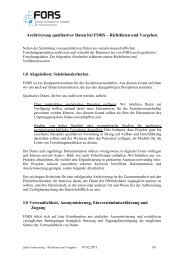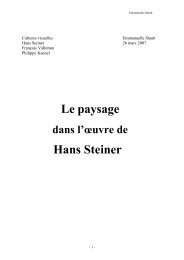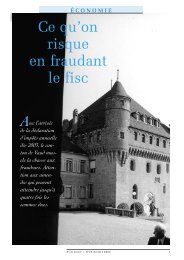conference programme book - European Survey Research ...
conference programme book - European Survey Research ...
conference programme book - European Survey Research ...
Create successful ePaper yourself
Turn your PDF publications into a flip-book with our unique Google optimized e-Paper software.
TUESDAY 19 JULY 47for this phenomenon. There have been a few aempts – most of them in the US context – to reduce overreporng(1) by introducing new ways of queson wording, and (2) by using list experiments (or item counttechniques). However, these more sophiscated forms have neither been tested in the <strong>European</strong> mulpartycontext, nor translated into other languages. In this paper, first, we aim at filling this gap by tesng the tools inan <strong>European</strong>, non-English context (namely Austria), and second, we test an addional new queson wordingto obtain an even more valid queson on turnout...1.22.2 Social desirability in prejudice research: Results from three empirical studiesS. Gosen 2 , S. Thörner 2 , P. Schmidt 1 , J. Leibold 31 University of Giessen, Germany; 2 DFG research training school ”Group Focused Enmity”, Germany; 3 Univerisityof Göngen, GermanyIn the context of a 10 year project in Germany, named ”group focused enmity” we try to find out the tendencyof respondents to answer social desirable. In this presentaon we want to report results of three empiricalstudies performed in 2009, 2010 and 2011 in Germany.1.22.3 An Approach to Understanding the Underreporng Tendency in the Item Count TechniqueT. Tsuchiya 2 , Y. Hirai 11 Tokyo Metropolitan University, Japan; 2 The Instute of Stascal Mathemacs, JapanThe item count technique, which is used to invesgate issues such as highly private or socially undesirablebehaviours, requests respondents to answer solely the number of applicable items from among a list of itemsincluding the target key behaviour. Although the item count technique is expected to elicit more truthful answersthan the convenonal direct quesoning technique, the esmates obtained from this technique regardingthe key behaviours are oen smaller than those yielded by the convenonal direct quesoning technique,even when the target items are sensive to the respondents. In this presentaon, we first show examplesof such failure cases conducted via face-to-face interviews for invesgang both sensive and non-sensivebehaviours among Japanese people...1.22.4 Interview Privacy and Social Desirability Effects: The World Mental Health <strong>Survey</strong> ExperienceZ. Mneimneh 1 , B. Pennell 11 University of Michigan, United StatesTo encourage accurate responses, many surveys that address sensive topics require that the interview takeplace in a private seng so that the interviewer is the only individual to hear the respondent’s answers. Maintainingsuch privacy is always a challenge but becomes more so in a cross-naonal study. This presentaonfocuses on the invesgaon of interview privacy measures across different cultures in a cross-naonal survey,the World Mental Health <strong>Survey</strong> Iniave (WMH). The WMH has conducted naonally or regionally representavesurveys in 30 countries around the globe.1.23 Data Quality in Special Populaon <strong>Survey</strong>s IITo be held on July 19, 2011 from: 14:00 to 15:30, in room 318.Coordinated by:• Marek Fuchs - Darmstadt University of Technology, Germany• Susanne Vogl - Katholische Universität Eichstä-Ingolstadt, Germany1.23.1 What protocol best improves the parcipaon rate to surveys for physicians in France?S. Legleye 2 , N. Razafindratsima 3 , C. Moreau 1 , A. Bohet 1 , N. Bajos 11 Ined-Inserm, France; 2 INED, France; 3 Instut Naonal d’Etudes Démographiques, France


